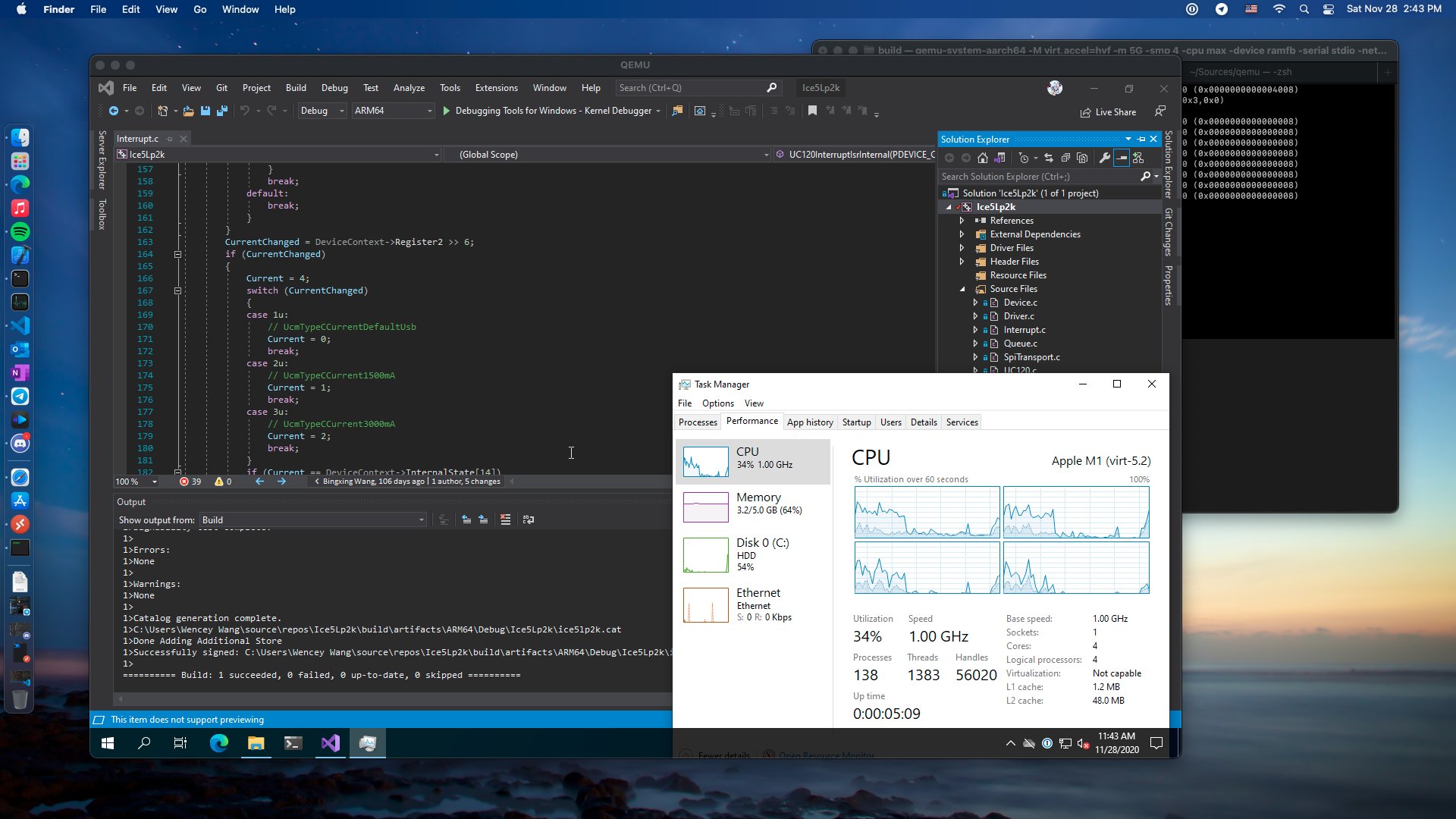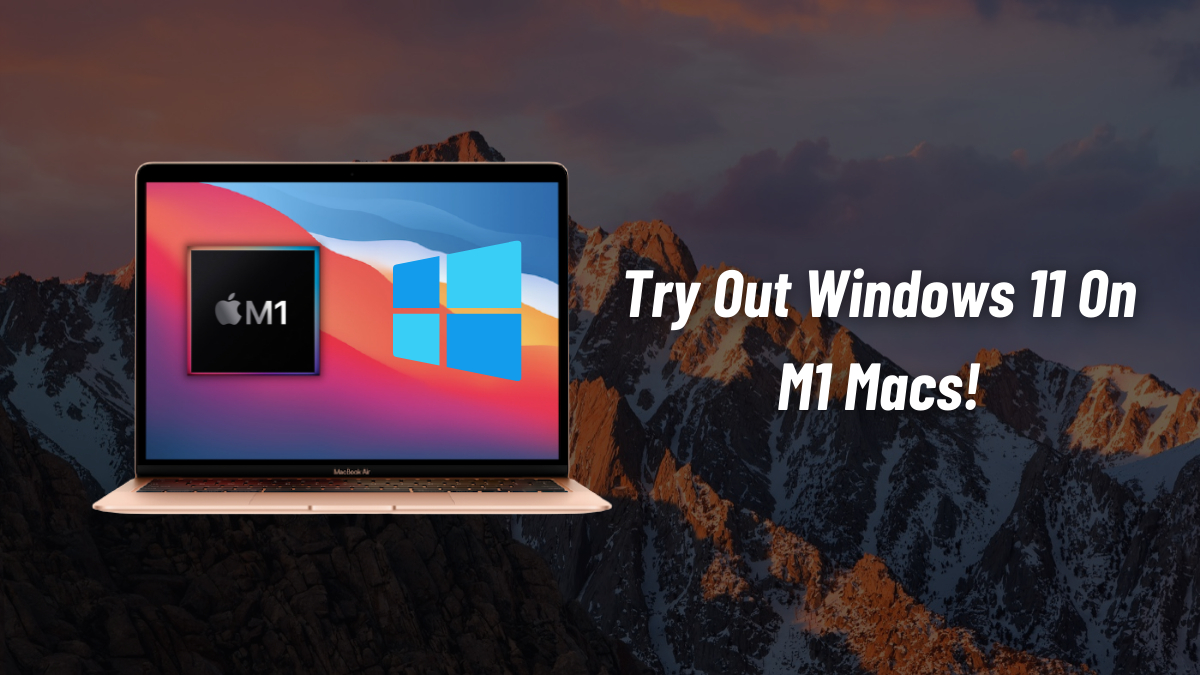

For example, Chromium doesn't work, and Emacs has issues.


Some apps also have difficulty with this alpha release of the OS. However, the above are balanced against the excellent work by the developers to get this Linux distro working with support for essentials like Wi-Fi, USB, NVMe, screen, power, keyboard, Ethernet (desktops), battery information, and more. There are a large number of Mac I/O, and hardware features that don't yet work, and the most important of these are: Understandably, and given a big red flag by the developers, there are some significant wrinkles with Asahi Linux Alpha. By default, the install sets up dual-boot mode so you can switch back to macOS as you wish. There are also install options for a minimal Asahi Linux and a UEFI environment only (so you can boot an OS installer from a USB-connected drive).
#How to install linux on mac m1 full#
The description is a "customized remix of Arch Linux ARM that comes with a full Plasma desktop and all the basic packages to get you started with a desktop environment." Moreover, it includes a setup wizard to get your system ready. After running the installer - which will prompt you through tasks like resizing your macOS partition (if necessary) and installing your new OS, you will have access to the Asahi Linux Desktop.
#How to install linux on mac m1 free#
I already have a few pull requests for it pending, but as usual, I’d ask people to give the final 5.13 at least a quick test before moving on to the exciting new pending stuff.To use Asahi Linux Alpha at present, you need an M1, M1 Pro, or M1 Max machine (Mac Studio excluded) with MacOS 12.3 or later, and at least 53GB of free space for the desktop install. In fact, it’s one of the bigger 5.x releases, with over 16k commits (over 17k if you count merges), from over 2k developers… And with 5.13 out the door, that obviously means that the merge window for 5.14 will be starting tomorrow. So we had quite the calm week since rc7, and I see no reason to delay 5.13… Of course, if the last week was small and calm, 5.13 overall is actually fairly large. The announcement of the release of Linux Kernel 5.13 was made by Linus Torvalds this Sunday on his blog: The new Linux Kernel 5.13 brings security features like the Landlocked LSM, Clang CFI support, and optionally randomizing the kernel stack offset at each system call. However, some developers had been working to include native support for M1 in the Linux Kernel, and now this has become a reality.Īs spotted by Phoronix, Linux 5.13 brings “initial but early support for the Apple M1 with basic support but not yet accelerated graphics and a lot more to iron out moving ahead.” It was already possible to run Linux on M1 Macs via virtual machines and even with a port from Corellium, but none of these alternatives run natively - which means they don’t take advantage of the maximum performance of the M1 chip. This means that users will be able to run Linux natively on the new M1 MacBook Air, MacBook Pro, Mac mini, and 24-inch iMac. The new 5.13 Kernel adds support for several chips based on the ARM architecture - including the Apple M1. This comes after several months of testing, including its Release Candidate version first being announced more than a month ago. It took a few months, but Linux has now received support for M1 Macs with Linux Kernel 5.13.


 0 kommentar(er)
0 kommentar(er)
